GPCR/G protein

All GPCRs share a common seven trans-membrane structure. GPCRs are associated with heterotrimeric G-proteins which are GTP-binding proteins made of alpha, beta, and gamma subunits. When a ligand binds to GPCR, it activates the attached G-protein, the GDP is replaced with GTP. The activated G-protein then dissociates into an alpha and a beta-gamma complex which activates downstream signaling pathways. These intracellular signaling pathways include cAMP/PKA, calcium/NFAT, phospholipase C, protein tyrosine kinases, MAP kinases, PI-3-kinase, nitric oxide/cGMP, Rho, and JAK/STAT.
GPCRs are one of the most important therapeutic targets for various diseases, over 30% of all modern medicinal drugs target this family. Aberrant GPCR functions are involved in pathological conditions such as neurological, immunological and hormonal disorders. A large number of GPCRs have been identified, but whose ligands are not known, are classified as orphan receptors.
-
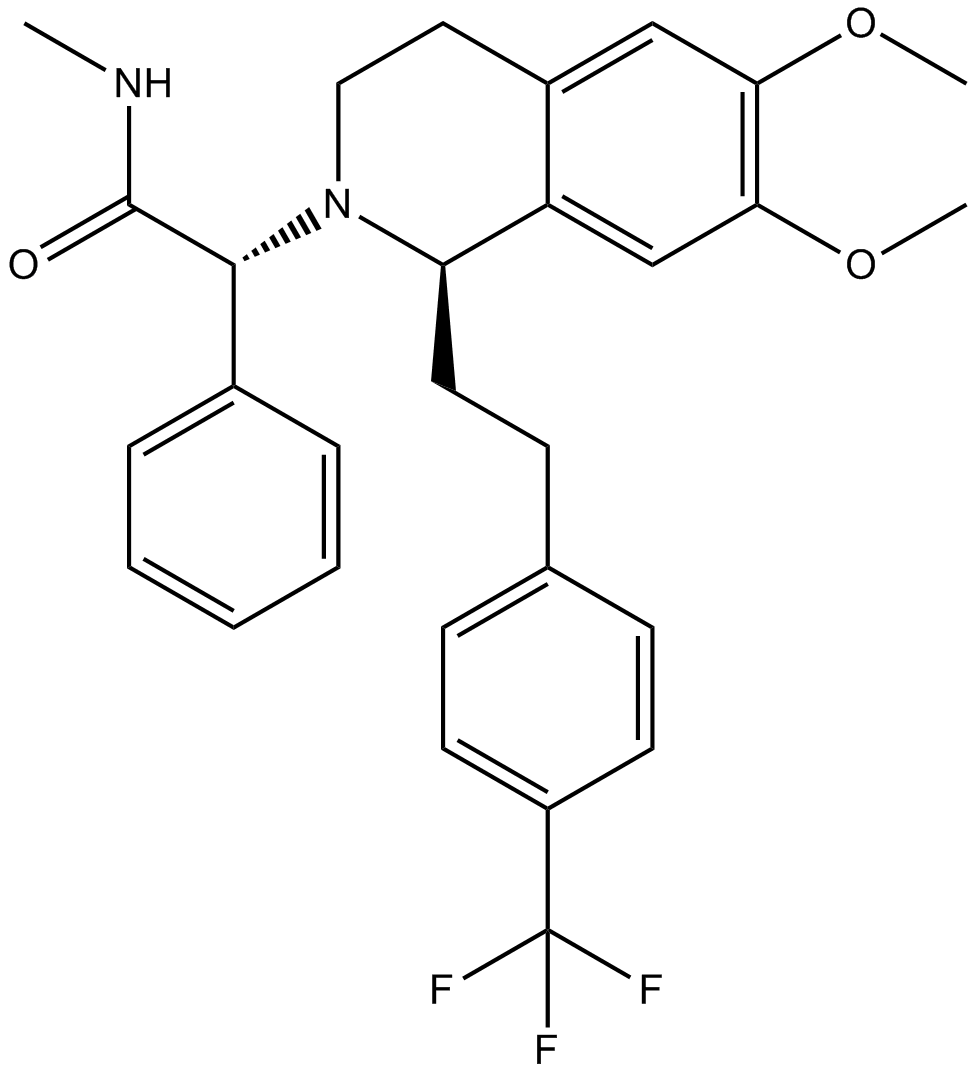 B3240 AlmorexantSummary: OX1R/OX2R antagonist
B3240 AlmorexantSummary: OX1R/OX2R antagonist -
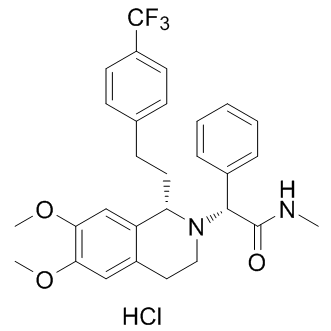 B3241 Almorexant hydrochlorideSummary: OX1R/OX2R antagonist
B3241 Almorexant hydrochlorideSummary: OX1R/OX2R antagonist -
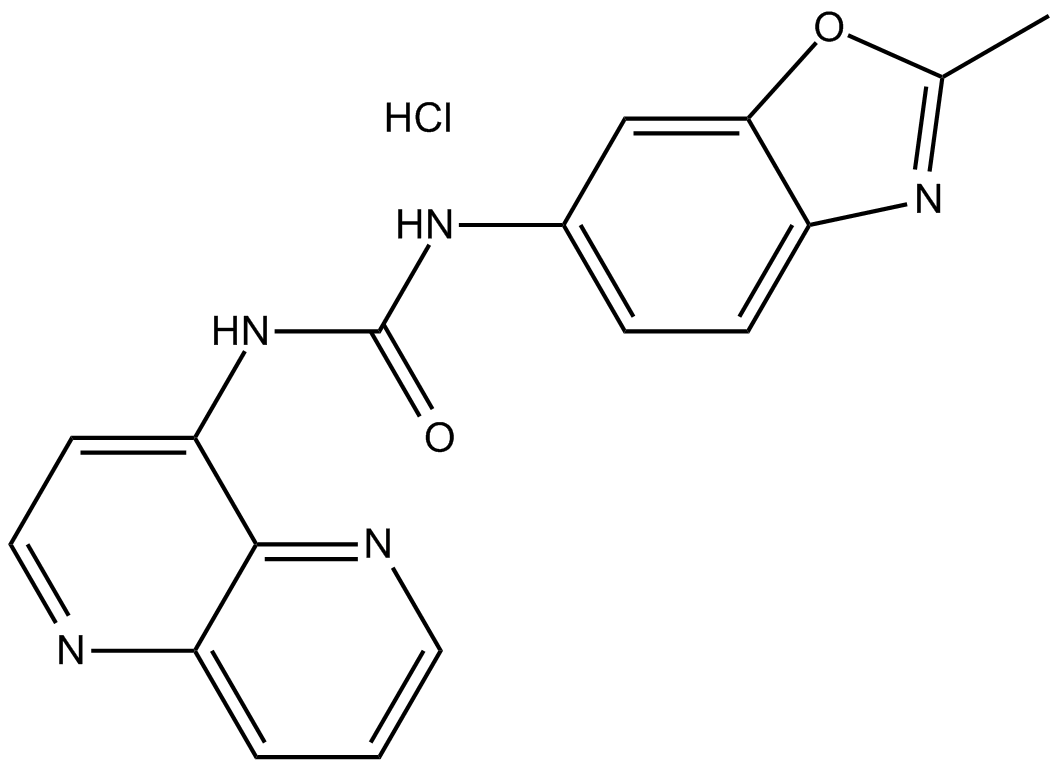 B1281 SB-334867 hydrochlorideSummary: Orexin-1 receptor antagonist
B1281 SB-334867 hydrochlorideSummary: Orexin-1 receptor antagonist -
 B1044 TCS 1102Summary: Antagonist for OX2 and OX1 receptors
B1044 TCS 1102Summary: Antagonist for OX2 and OX1 receptors -
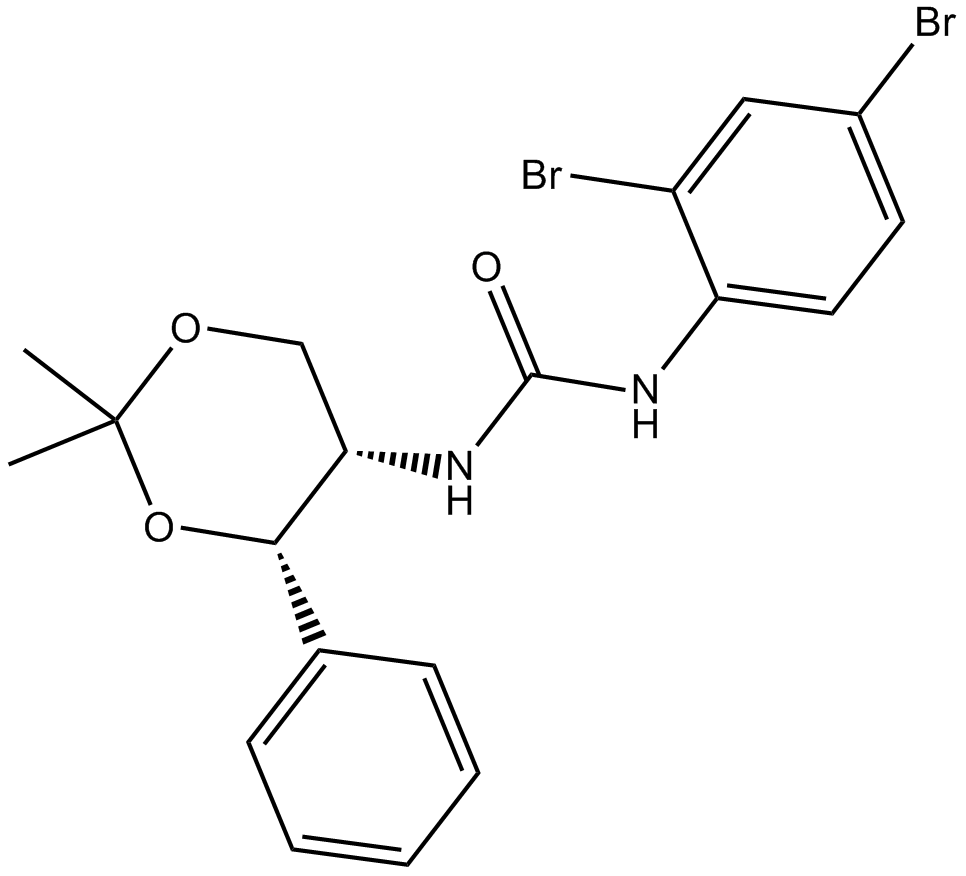 B5553 JNJ 10397049Summary: OX2 receptor antagonist
B5553 JNJ 10397049Summary: OX2 receptor antagonist -
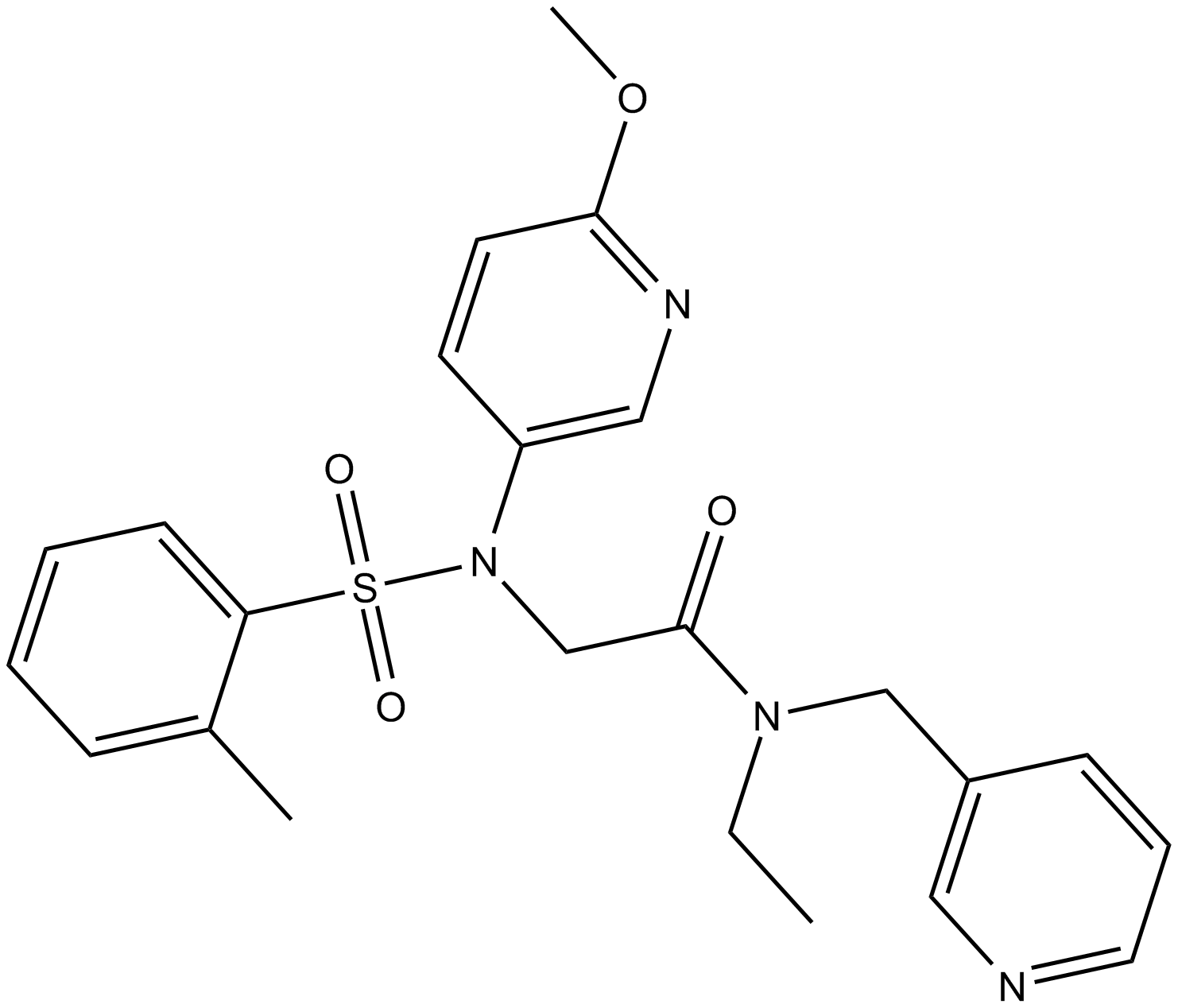 B5641 EMPASummary: OX2 receptor antagonist
B5641 EMPASummary: OX2 receptor antagonist -
 B5787 ACT 335827Summary: Orexin receptor 1 antagonist,potent and selective
B5787 ACT 335827Summary: Orexin receptor 1 antagonist,potent and selective -
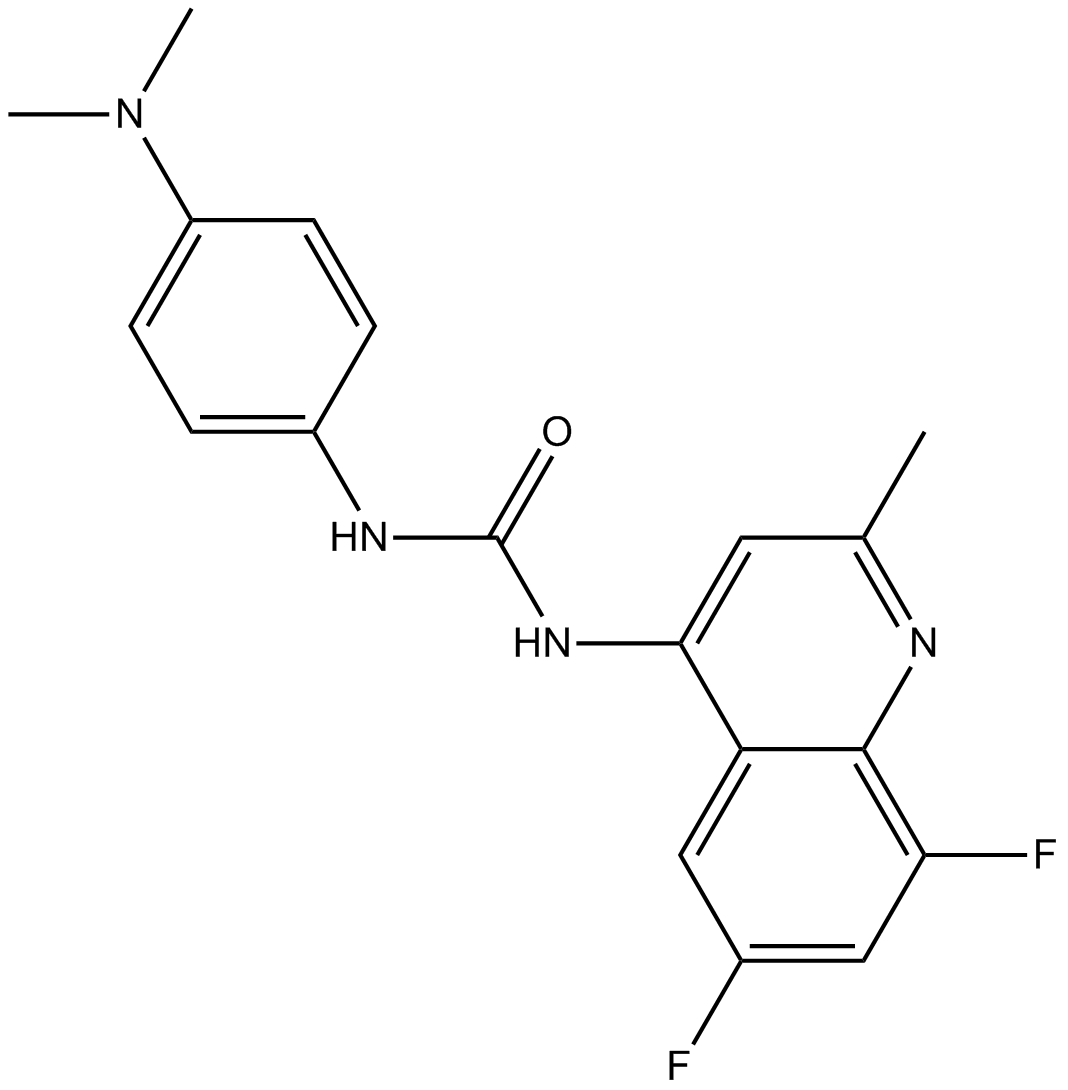 B2163 SB408124Summary: OX(1)receptor antagonist
B2163 SB408124Summary: OX(1)receptor antagonist -
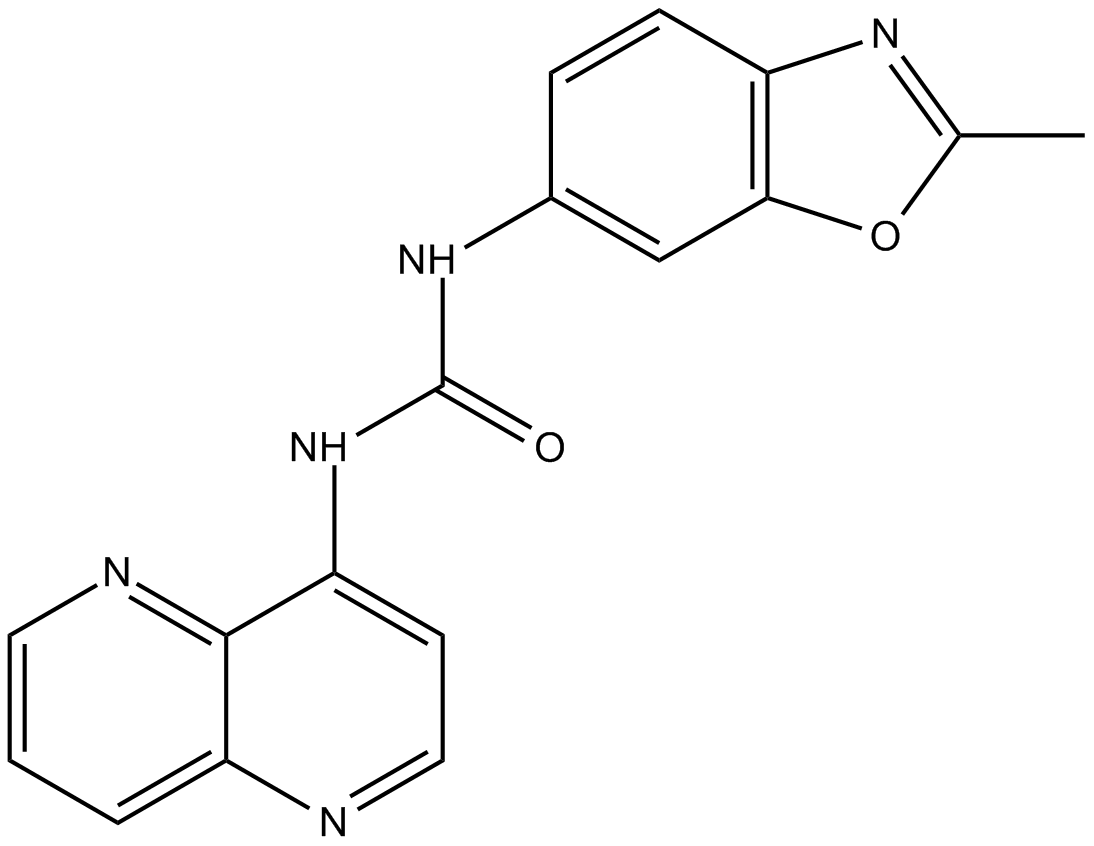 B3423 SB-334867 free baseSummary: orexin-1 receptor antagonist, selective
B3423 SB-334867 free baseSummary: orexin-1 receptor antagonist, selective -
![[Ala11,D-Leu15]-Orexin B](/pub/media/prod_images/b/5/b5262.png) B5262 [Ala11,D-Leu15]-Orexin BSummary: Highly potent and selective OX2 receptor agonist
B5262 [Ala11,D-Leu15]-Orexin BSummary: Highly potent and selective OX2 receptor agonist

